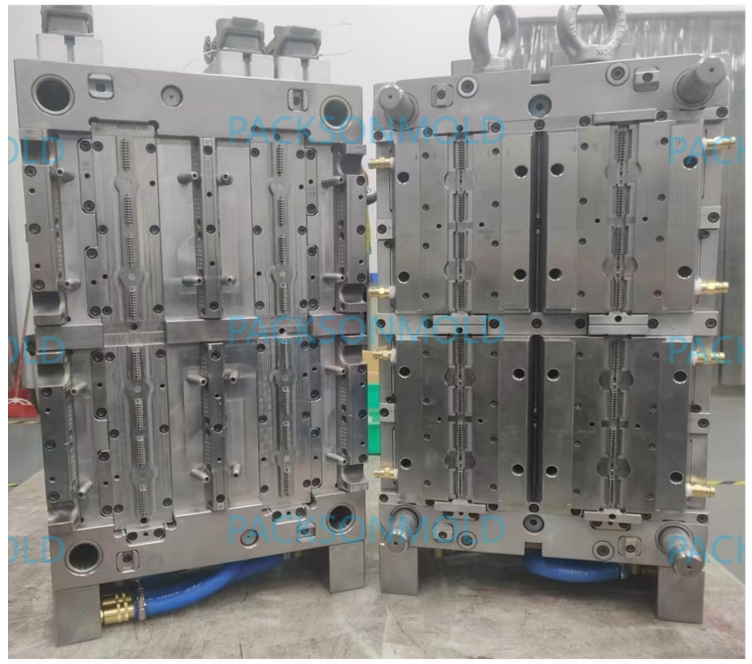In today's manufacturing industry, multi-cavity molds are highly favored for their ability to significantly increase production efficiency and reduce per-unit costs. However, designing and manufacturing precise multi-cavity molds is not a simple task. Below are detailed steps, advantages, and some interesting design tips for creating multi-cavity molds.
1. Requirement Analysis and Design Phase
- Market Demand Assessment: Before starting the design, it's essential to understand the target market's demands. This includes expected production volume, product types, and delivery timelines.
- CAD Modeling: Use Computer-Aided Design (CAD) software for the initial design. Create a 3D model of the single-cavity mold, then copy and adjust this design to form the multi-cavity mold. Ensure there is adequate spacing between each cavity for flow and cooling.
2. Gate and Runner Design
- Gate Type Selection: Multi-cavity molds typically use tab gates(edge gates). This gate design allows for more flexible positioning and can effectively absorb flow stress, minimizing the impact on the mold.
- Runner Design: Design a reasonable runner system to ensure molten plastic flows evenly into each cavity. The length and diameter of the runners should be optimized based on the material's flow characteristics to avoid uneven flow.
3. Temperature Control and Cooling System
- Mold Heating: Heating the mold is crucial to ensure the plastic's flowability. Electric heaters or water circulation systems can be used to maintain the appropriate mold temperature.
- Cooling Channel Design: Design cooling channels carefully to ensure that each cavity maintains a consistent temperature. The layout of the cooling channels should be as symmetrical as possible to ensure uniform cooling and reduce defects caused by temperature differences.
4. Material Selection
- Choose Suitable Materials: For multi-cavity molds, it is advisable to use materials with good flow characteristics, such as Liquid Silicone Rubber (LSR). LSR offers excellent flowability, high-temperature resistance, chemical stability, and biocompatibility, making it suitable for various applications, including medical, automotive, and consumer products.
5. Production and Testing
- Prototype Testing: Before mass production, use a single-cavity mold for prototype testing to verify the feasibility of the design and the quality of the product. Prototype testing can help identify potential issues and make necessary adjustments.
- Iterative Optimization: Based on testing results, adjust the mold design, gate locations, and cooling systems to ensure the final product's quality and consistency.
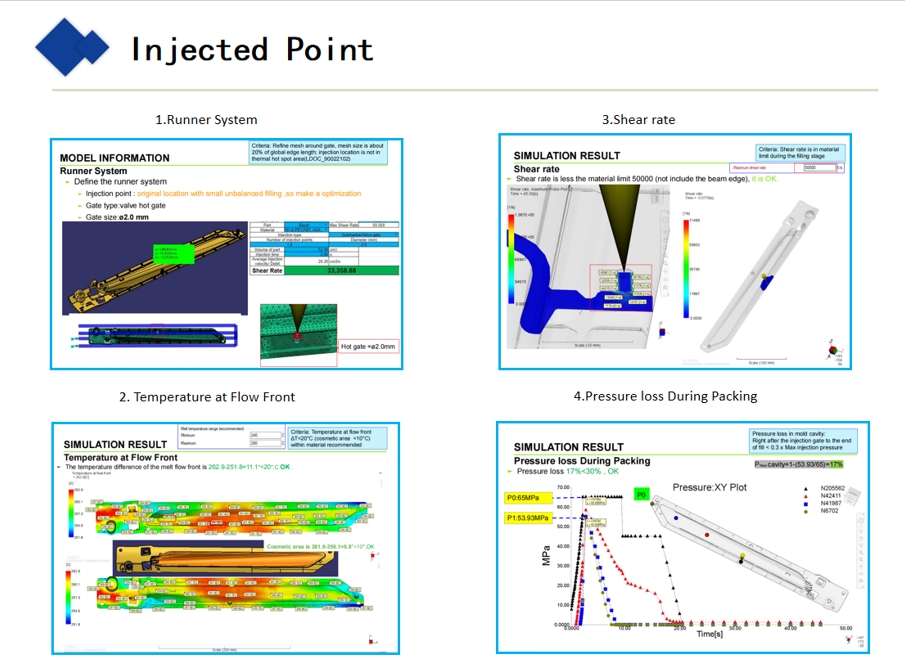
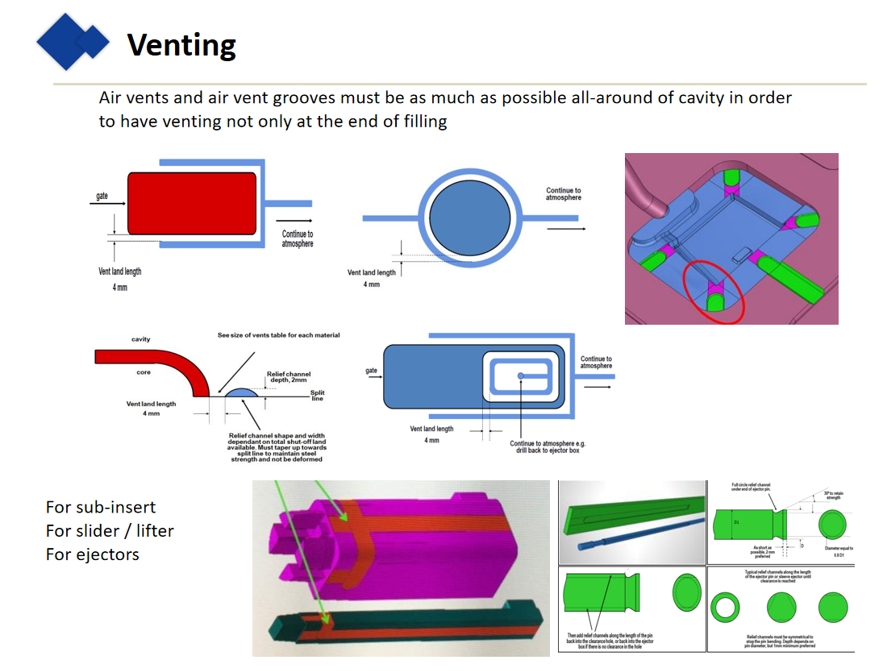
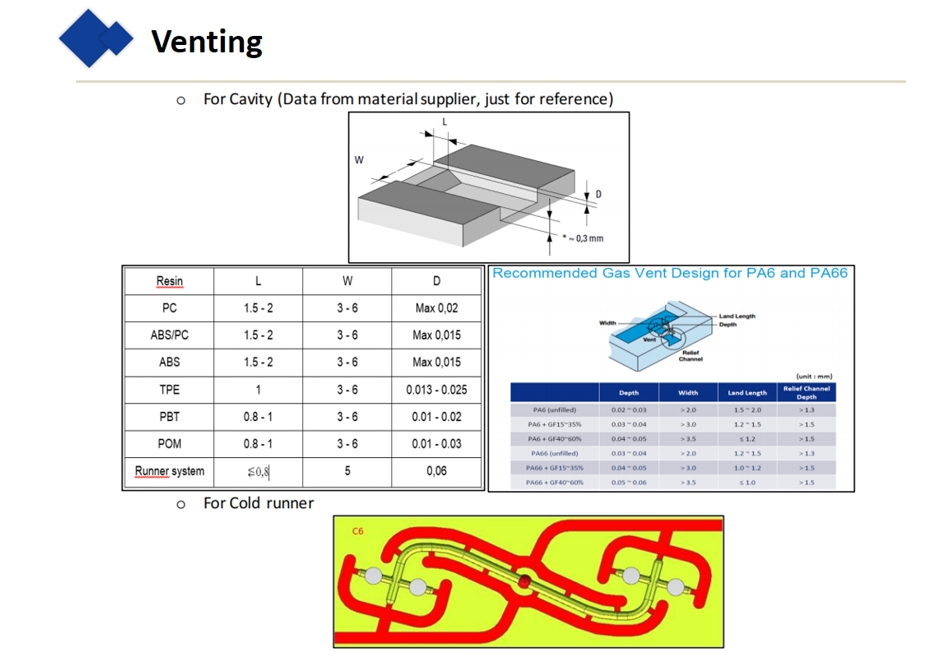
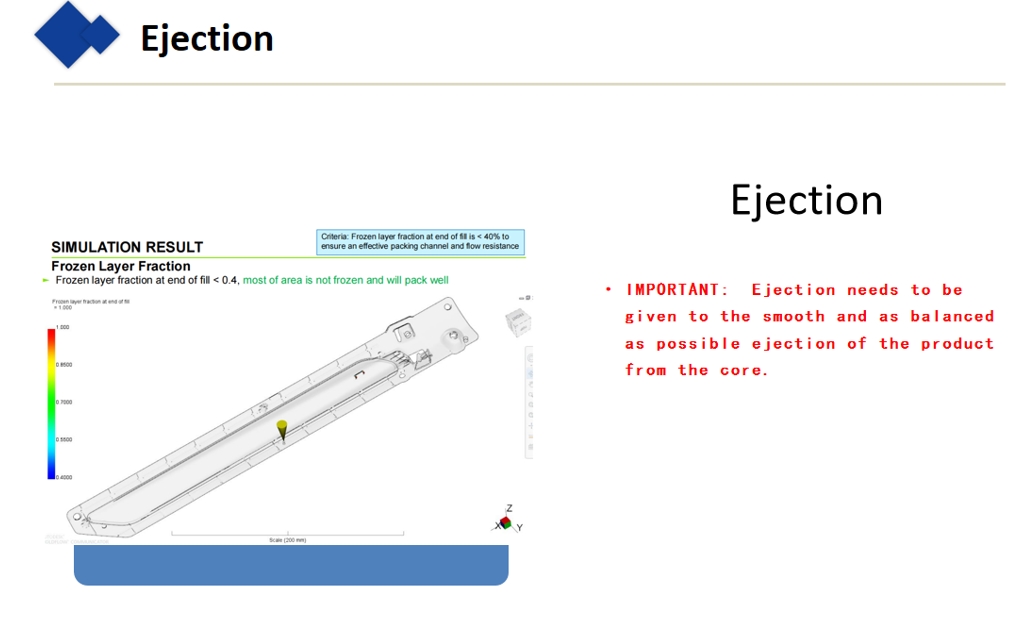
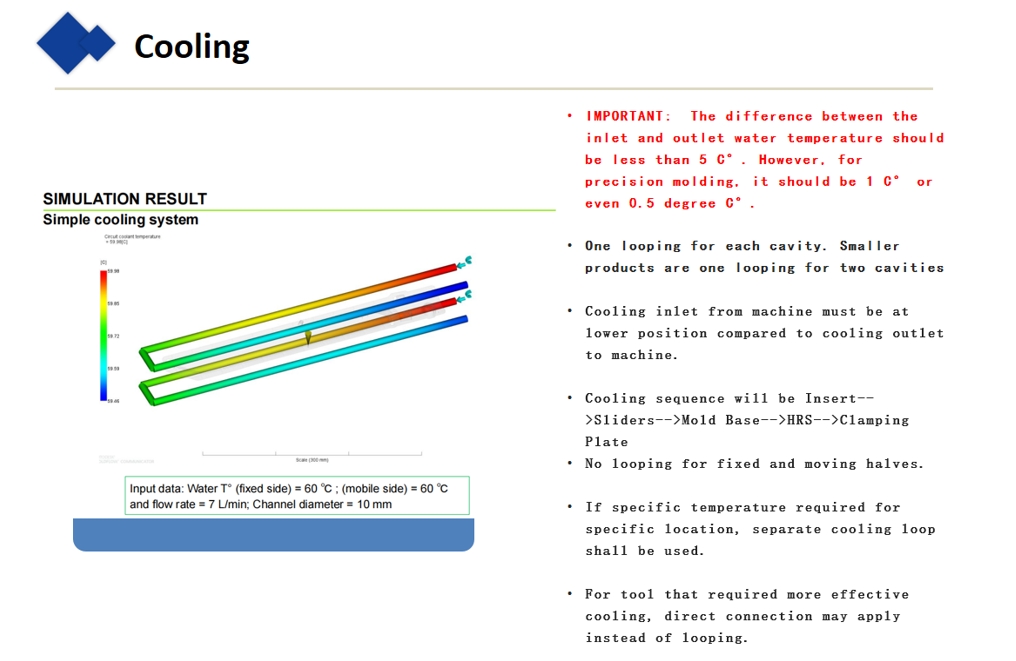
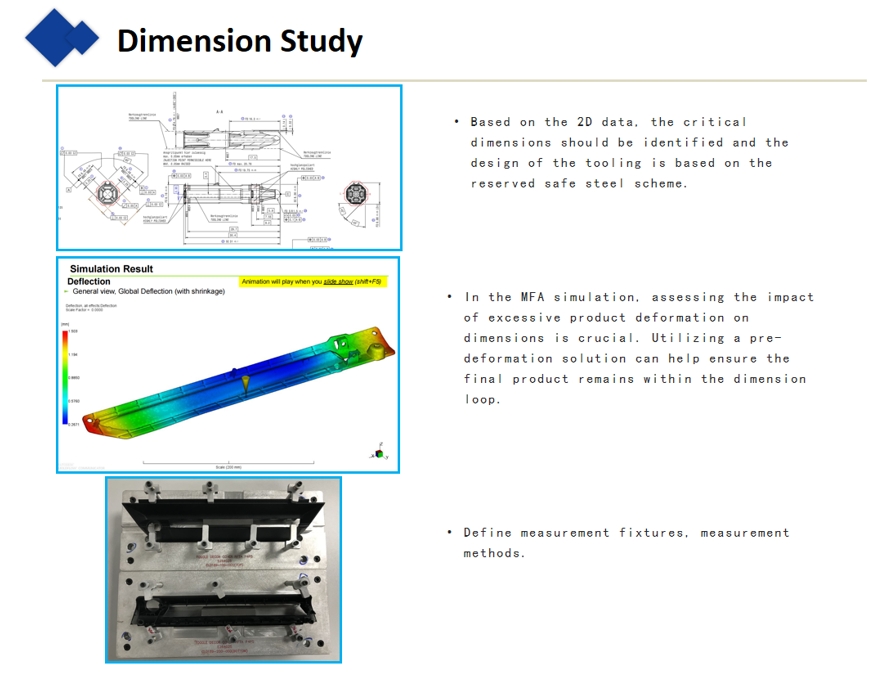
1. Increased Production Efficiency:
- Multi-cavity molds can produce multiple parts in a single injection cycle, significantly enhancing production efficiency, especially for large-scale manufacturing.
2. Lower Cost Per Unit:
- Since the mold costs can be spread across multiple parts, the cost per unit is significantly reduced, making large-scale production more economical.
3. Consistent Product Quality:
- Multiple parts produced simultaneously have the same material properties and appearance, ensuring product consistency and reliability, thereby reducing quality fluctuations.
4. Shortened Production Cycles:
- Multi-cavity molds can reduce overall production cycles, shortening delivery times and improving market responsiveness.
5. Design Flexibility:
- Multi-cavity molds can be designed to accommodate different cavities, supporting the simultaneous production of various products and increasing manufacturing flexibility.
Interesting Design Tips
- Family Molds:
- Consider using family molds, which allow for the simultaneous production of multiple related parts within a single mold. This not only improves production efficiency but also reduces tooling costs.
- Side Actions and Pickouts:
- Incorporating side actions and pickouts in the design can facilitate the handling of complex geometries, avoiding design limitations. Side actions allow the mold to move during injection, forming undercuts or intricate shapes.
- Sensor Technology:
- Utilize pressure sensor technology to monitor flow conditions, ensuring even filling of each cavity. Sensors can provide real-time data to help adjust injection parameters and ensure product quality.
- Flow Analysis Software:
- Employ flow analysis software (like Moldflow) to simulate the flow behavior of molten plastic within the mold. This can help identify potential filling issues, uneven cooling, and other defects, allowing for preemptive adjustments.
Conclusion
Creating precise multi-cavity molds is key to enhancing production efficiency and reducing costs. Through careful design, material selection, and optimization of production processes, multi-cavity molds can provide significant economic benefits and competitive advantages in the market. By thoroughly considering market demands and product characteristics, and planning mold designs accordingly, your products can stand out in a competitive landscape. Continuous testing and optimization will ensure that every part produced meets the expected quality standards.
